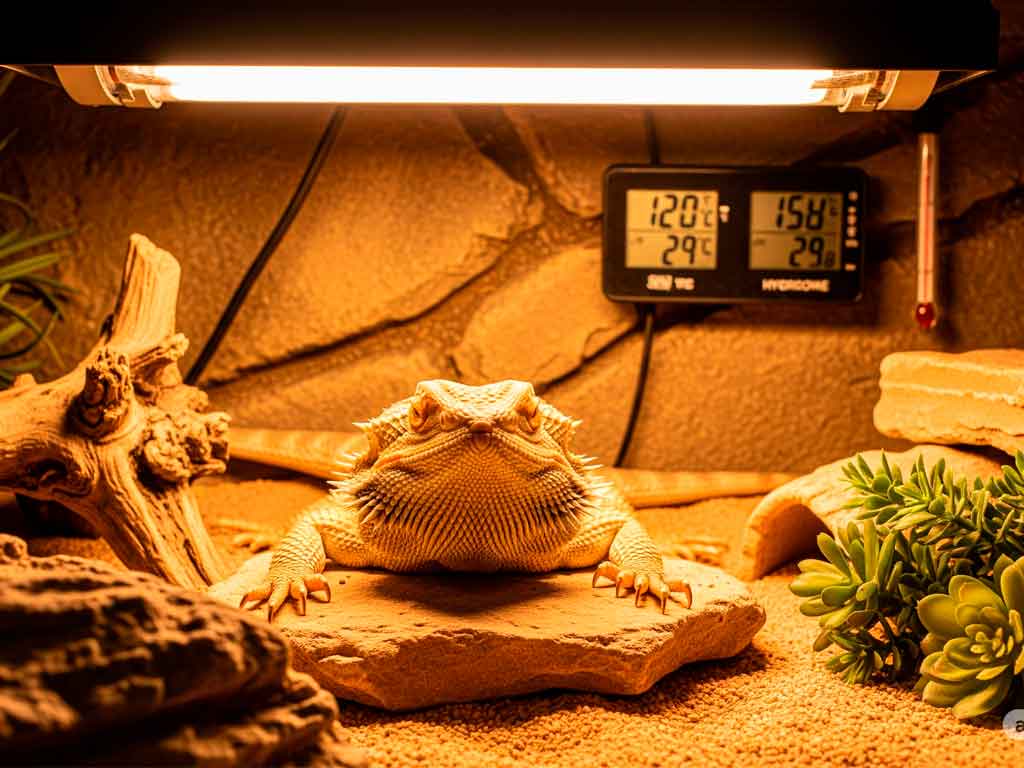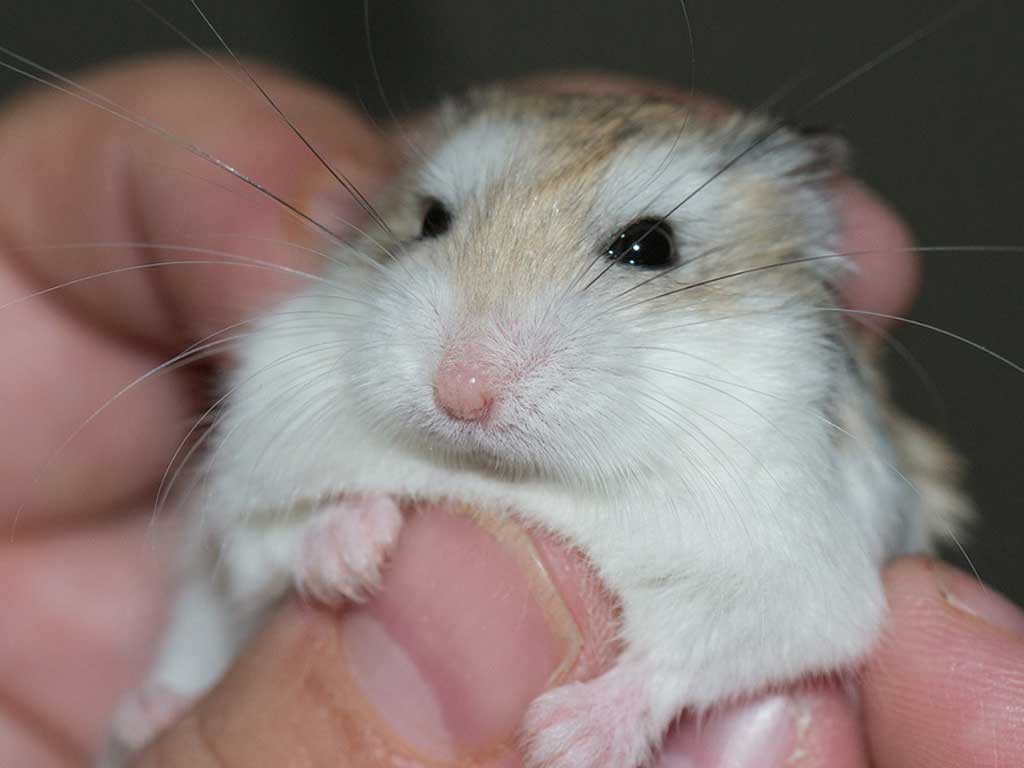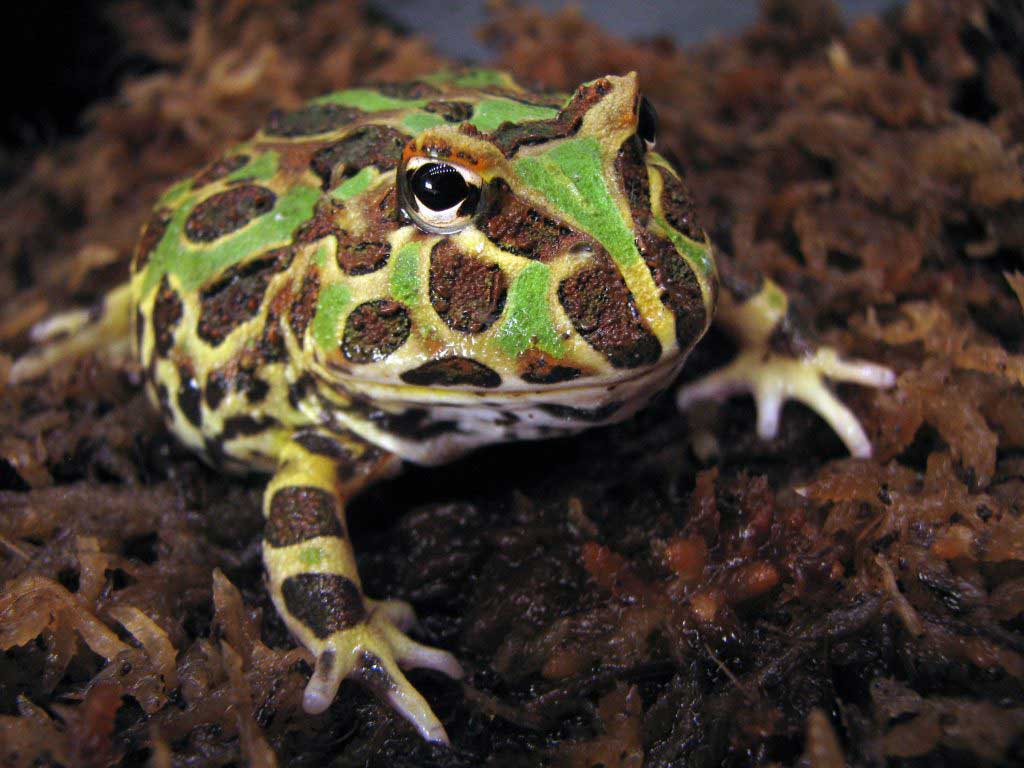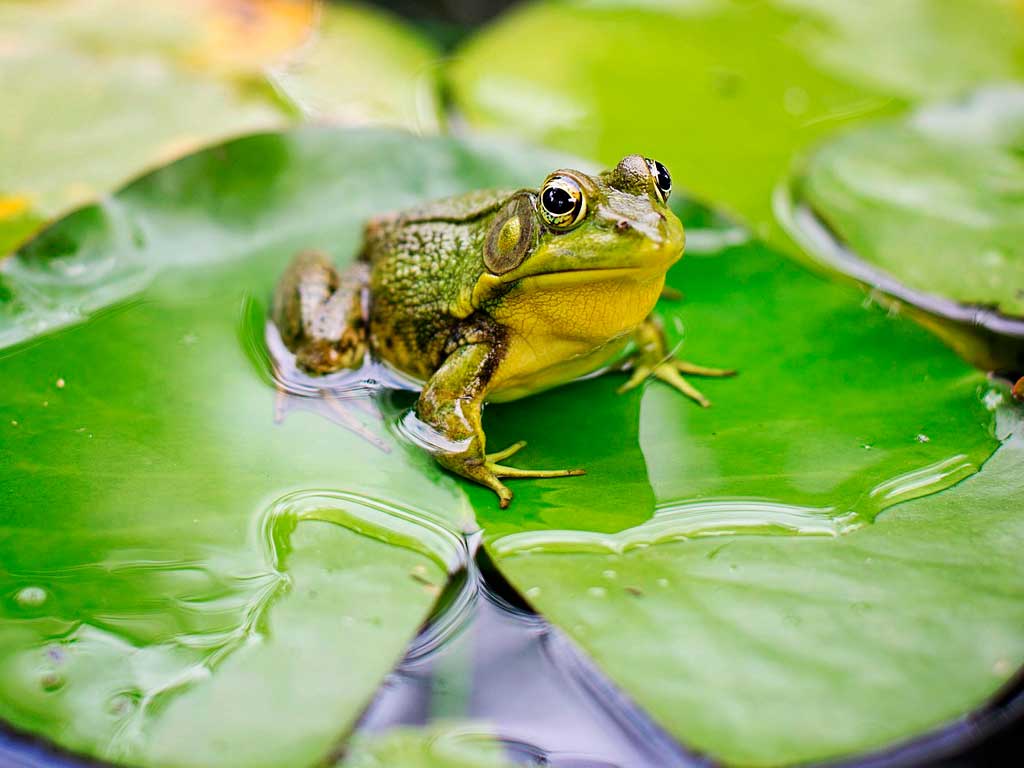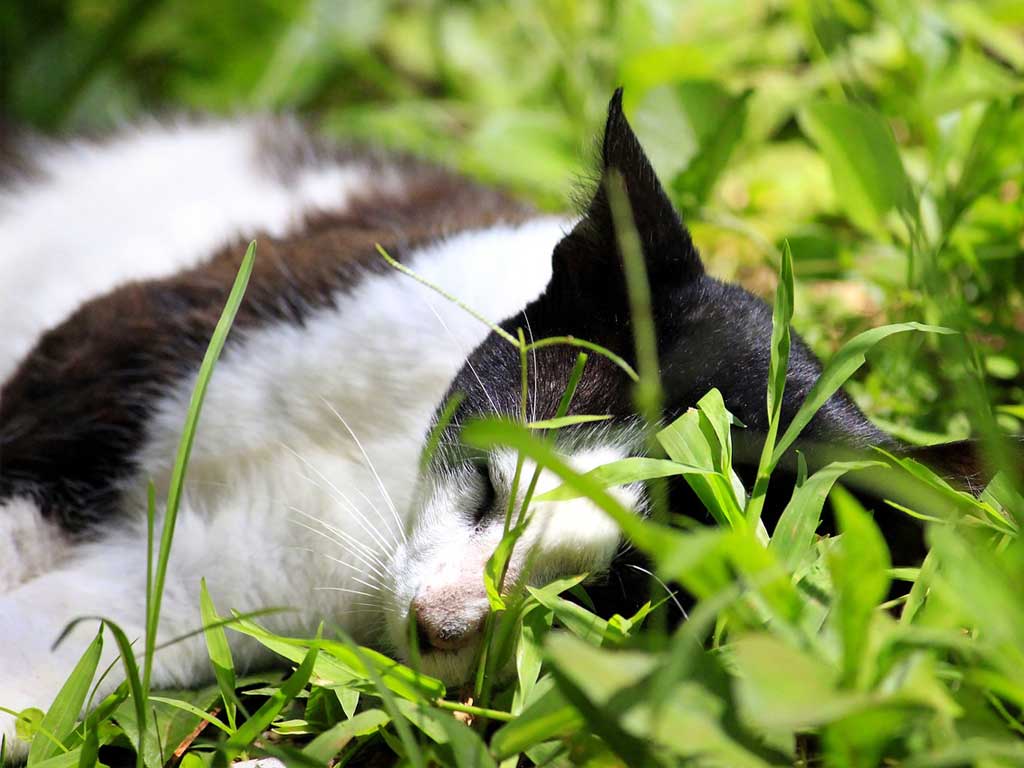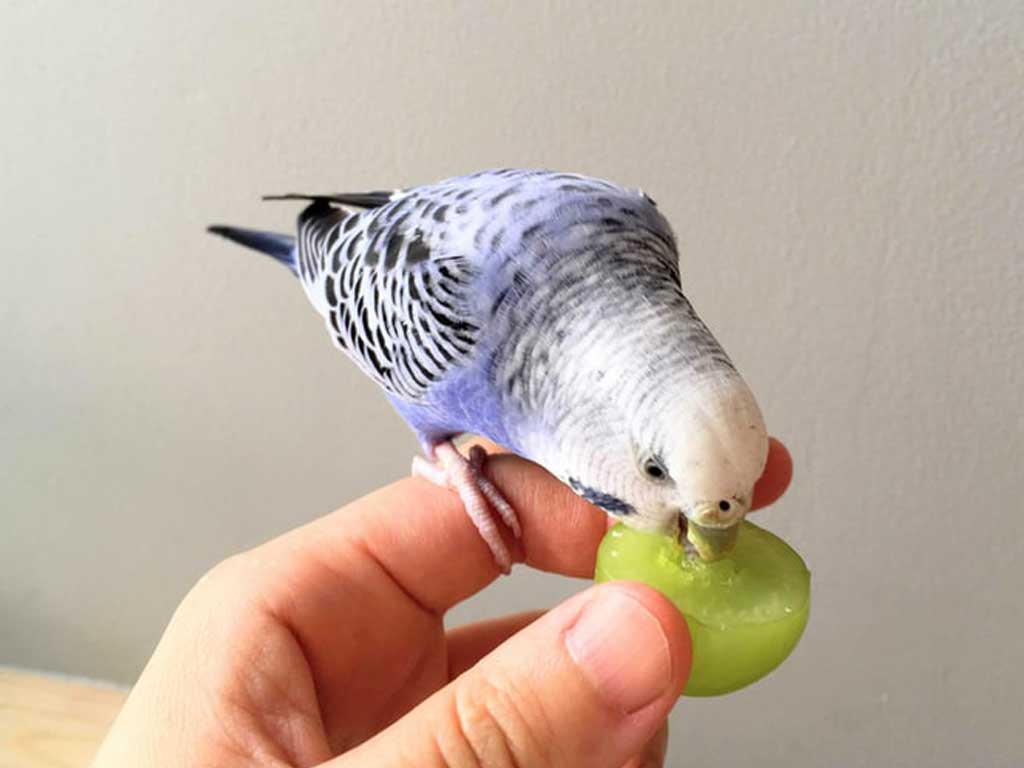Have you noticed your bearded dragon moving more slowly lately? Or that your leopard gecko seems to have subtle tremors in its legs? These signs, often overlooked or mistaken for normal behaviors, can be the first warning signs of one of the most devastating and common conditions in pet reptiles: Metabolic Bone Disease (MBD). This silent condition, also known as nutritional secondary hyperparathyroidism, progressively weakens your reptile’s skeleton, causing deformities, fractures, and, in the most severe cases, death. The most tragic part is that the vast majority of cases are completely preventable. In this comprehensive guide, we will break down what MBD is, how to recognize its symptoms early, and most importantly, give you the tools and knowledge to ensure you never have to face it.
What Exactly is Metabolic Bone Disease (MBD) in Reptiles?
Metabolic Bone Disease is not a single pathology but a complex set of disorders that affect the integrity of a reptile’s skeleton. Its origin lies in an imbalance in the metabolism of calcium and phosphorus, two vital minerals. To understand it better, think of your reptile’s skeleton as a building under constant construction and maintenance. Calcium is the bricks, and vitamin D3 is the foreman who allows the workers (the reptile’s body) to use those bricks to build strong bones. If bricks are missing or the foreman isn’t present, the structure becomes weak and fragile.
The Delicate Balance of Calcium and Phosphorus
In a healthy reptile, the ratio of calcium to phosphorus in the diet should be approximately 2:1 (two parts calcium to one part phosphorus). Calcium is essential for bone strength, muscle contraction, nerve impulse transmission, and blood clotting. When the diet is deficient in calcium or excessively high in phosphorus, the body faces a problem. Excess phosphorus binds with calcium in the bloodstream, preventing the body from using it. Faced with this lack of available calcium, the body activates an emergency mechanism: it releases parathyroid hormone (PTH), which orders the extraction of calcium from the body’s largest reserve: the bones. This process, known as bone demineralization, is the core of MBD.
The Crucial Role of Vitamin D3 and UVB Light
This is where the second key factor comes in. Reptiles (especially diurnal species) cannot simply ingest calcium and use it. They need vitamin D3 to absorb it effectively in their intestines. Unlike humans, who can get it from certain foods, most reptiles synthesize it in their skin through exposure to ultraviolet B (UVB) radiation from sunlight. Without an adequate source of UVB light, the reptile cannot produce active vitamin D3. This means that even if its diet is rich in calcium, its body will not be able to absorb it, triggering the same bone demineralization process as a deficient diet.
Recognizing the Symptoms: Warning Signs of MBD
MBD is an insidious disease that progresses slowly. The initial symptoms can be so subtle that they go unnoticed by the inexperienced keeper. It is crucial to learn to identify the early signs to act before the damage becomes irreversible.
Early and Subtle Signs
- Lethargy and weakness: The reptile appears less active, stops climbing or exploring, or seems to have difficulty lifting its body off the ground.
- Muscle tremors (fasciculations): Small spasms or twitches, especially in the legs or toes, which may be intermittent.
- Loss of appetite: A general decrease in interest in food.
- Clumsy gait: It may start dragging its hind legs or moving in an uncoordinated manner.
Advanced and Severe Symptoms
If not addressed, the disease progresses to more critical stages with obvious signs:
- Rubber jaw: The lower jaw becomes soft and flexible to the touch due to bone loss. This can lead to difficulty eating or closing the mouth properly.
- Swollen limbs: The legs may appear swollen or deformed as the body deposits fibrous tissue instead of bone in an attempt to compensate for the weakness.
- Skeletal deformities: The spine may curve (kyphosis or lordosis), a turtle’s shell may soften or pyramid, and the limbs may become bowed.
- Spontaneous fractures: The bones become so brittle that they can break with minimal impact or even during normal handling.
- Paralysis: The weakening of the vertebrae can lead to spinal cord compression, causing paralysis of the hind legs.
- Seizures: In the final stages, low blood calcium levels can lead to severe seizures and death.
Species such as iguanas, bearded dragons, chameleons, leopard geckos, and aquatic turtles are particularly susceptible, but no reptile is safe without proper care.
Professional Diagnosis: Why You Need a Veterinarian
Self-diagnosing MBD at home is a dangerous mistake. If you suspect your reptile may be affected, a visit to a veterinarian specializing in exotic animals is non-negotiable. The professional will perform a complete physical exam to assess muscle tone, jaw strength, and look for deformities.
The diagnosis is primarily confirmed through radiographs (X-rays). In an X-ray of a reptile with MBD, the bones may appear thin, poorly defined, or almost transparent—a phenomenon sometimes described as “ghost bones.” This allows the veterinarian to measure bone density and detect microfractures or areas of demineralization. In some cases, blood tests may also be performed to measure calcium, phosphorus, and sometimes vitamin D levels.
Prevention is Key: The Definitive Guide to Avoiding MBD
The best news about Metabolic Bone Disease is that it is 100% preventable. Providing an environment and diet that faithfully mimic the species’ natural conditions is the only effective strategy. This is based on four fundamental pillars.
1. UVB Lighting: More Than Just a Bulb
UVB light is not optional; it is a medical requirement.
- Bulb Type: Always use high-quality UVB lamps specifically designed for reptiles. Compact fluorescent bulbs or long tubes (T5 HO or T8) are the most common. Research your species’ specific needs (Ferguson Zones) to choose the correct intensity (e.g., 5.0 for shade-dwelling species, 10.0 or 12.0 for desert species).
- Placement: The lamp must be located over the basking area, at the distance recommended by the manufacturer, and without barriers like glass or clear plastic, as these materials block UVB rays.
- Cycle and Replacement: Maintain a cycle of 10-12 hours of light per day. It is crucial to replace UVB bulbs every 6-12 months (according to the manufacturer’s instructions). Even if they still emit visible light, their UVB output decays significantly over time.
2. Balanced Nutrition: The Foundational Pillar
- For Herbivorous Reptiles (e.g., iguanas, tortoises): Their diet should be based on dark, leafy greens rich in calcium, such as mustard greens, collard greens, dandelion greens, and squash leaves. Avoid or limit foods low in calcium and high in phosphorus or oxalates (which inhibit calcium absorption), such as iceberg lettuce, banana, or spinach.
- For Insectivorous Reptiles (e.g., leopard geckos, bearded dragons, chameleons): Commercially bred insects are deficient in calcium. It is essential to apply two techniques:
- Gut-loading: Feed the insects (crickets, roaches) a high-quality, calcium-rich diet for at least 24 hours before offering them to your reptile.
- Dusting: Just before feeding, coat the insects with a calcium carbonate supplement.
3. Smart Supplementation: Calcium and Vitamin D3
Even with a good diet, supplementation is necessary.
- Calcium without D3: This should be the primary supplement. Use it on almost every meal for insectivores and several times a week for herbivores.
- Calcium with D3: This supplement should be used more sparingly (e.g., once or twice a week), as an excess of vitamin D3 can be toxic (hypervitaminosis D), causing calcification of soft tissues and organs. The exact frequency will depend on the species, age, and UVB exposure. Always consult your veterinarian.
4. The Ideal Environment: Temperature and Humidity
A cold reptile cannot metabolize properly. Provide a temperature gradient in the enclosure, with a hot spot for basking and a cooler area. This allows the animal to thermoregulate, optimizing its digestion and, therefore, nutrient absorption. Maintaining appropriate humidity levels for the species is also vital for its overall health.
Metabolic Bone Disease is a painful testament to improper care. It is a condition that develops slowly due to the lack of elements that are absolutely essential for a reptile’s life. However, it does not have to be your pet’s fate. By arming yourself with knowledge about the critical importance of UVB light, a meticulously balanced diet, correct supplementation, and a proper environment, you are building a fortress against this disease. Owning a reptile is more than having a fascinating pet; it is a profound commitment to recreating a piece of its natural world in your home. You are now equipped not only to prevent MBD but to offer your reptile a long, healthy, and vibrant life.
FAQs
Is Metabolic Bone Disease reversible?
Structural bone damage, such as deformities or healed fractures, is largely irreversible. However, if caught early, the demineralization process can be halted. With aggressive veterinary treatment and immediate correction of diet and environment, the reptile can regain muscle strength and bone density, significantly improving its quality of life.
Can I use sunlight through a window instead of a UVB bulb?
No. Glass and most clear plastics block nearly 100% of UVB rays. For your reptile to benefit from natural sunlight, it must be direct exposure and always under strict supervision in a secure enclosure to prevent escape or overheating.
How often should I supplement my reptile with calcium?
The frequency varies by species, age, and diet. As a general rule, young, growing insectivores should have their insects dusted with calcium without D3 at almost every meal. Adults may require it at alternating meals. Calcium with D3 is used less frequently, typically 1-2 times a week. It is always best to consult a vet for a personalized plan.
Do all reptiles need the same amount of UVB light?
No. UVB needs vary greatly. A bearded dragon, which is a desert species, requires high UVB output (UV Index of 4-6 or higher). In contrast, a crested gecko, a crepuscular rainforest species, needs much lower levels (UV Index of 1-2). Using a lamp that is too powerful can be as harmful as using none at all.
What common foods are bad and can contribute to MBD?
For herbivores, foods with a poor calcium-to-phosphorus ratio like iceberg lettuce, cucumber, banana, and corn should be avoided as dietary staples. Foods high in oxalates, such as spinach, beets, and parsley, should also be offered very sparingly, as oxalates bind to calcium and prevent its absorption.

